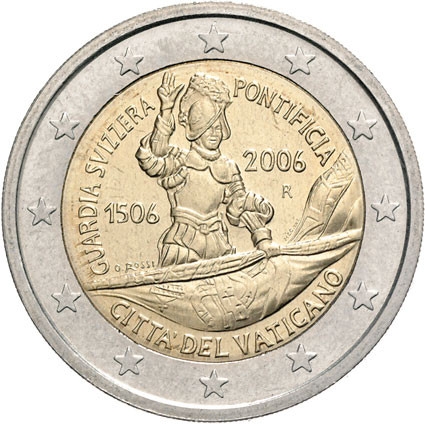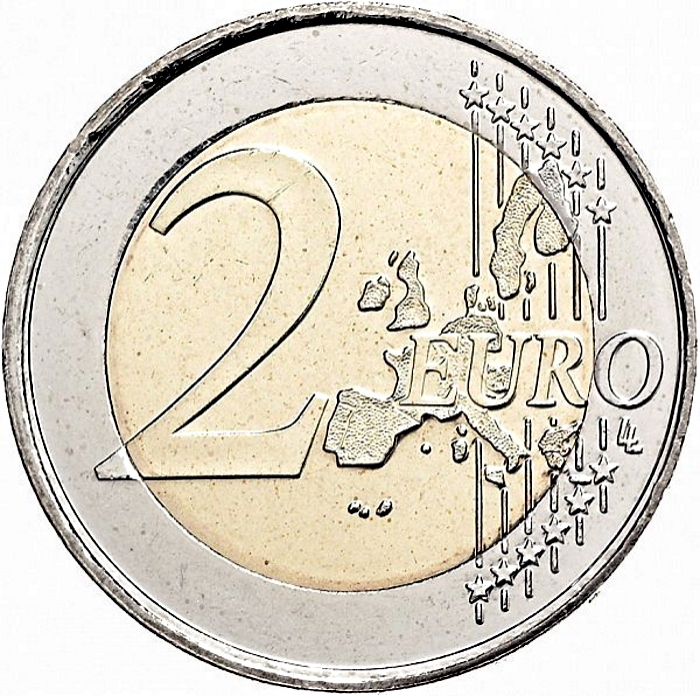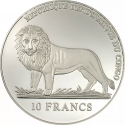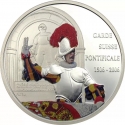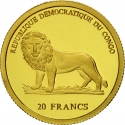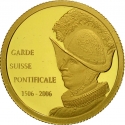You are about to finish your registration. Please check your mailbox (including spam folder). There should be a letter with a confirmation link. Check setting to make sure that your e-mail address is correct.
Send letter againDescription
Swiss Guards are the Swiss soldiers who have served as guards at foreign European courts since the late 15th century.
Foreign military service was outlawed by the revised Swiss Constitution of 1874, with the only exception being the Pontifical Swiss Guard stationed at the Vatican. The modern Papal Swiss Guard serves as both a ceremonial unit and a bodyguard. Established in 1506, it is one of the oldest military units in the world.
The earliest Swiss guard unit to be established on a permanent basis was the Hundred Swiss (Cent Suisses), which served at the French court from 1490 to 1817. This small force was complemented in 1567 by a Swiss Guards regiment. In the 18th and early 19th centuries several other Swiss Guard units existed for periods in various European courts.
In addition to small household and palace units, Swiss mercenary regiments have served as regular line troops in various armies; notably those of France, Spain and Naples. They were considered the most effective mercenaries of the 15th century, until their battle-drill was improved upon by the German Landsknechte. At the Battle of Marignano (1515), the Landsknecht in French service defeated the Swiss pikemen.
Obverse

|
Depicts a member of the Swiss Guard taking his oath on the flag of the Swiss Guard, facing the right side. In the top part of the inner circle, the inscription Papal Swiss Guard surrounds the guard, while the bottom part carries the inscription Vatican City. The guard is surrounded by four other inscriptions, with the year 1506 and the signature of the designer to his left and the year mark 2006 and the mint mark R to his right. The twelve stars of the European Union surround the design on the outer ring. GUARDIA SVIZZERA PONTIFICIA |
|---|---|
Reverse

|
A geographical map of Western Europe spans the outer ring and inner core on the right side of the coin. The inscription 2 EURO is superimposed over the map of Europe, with the numeral “2” located in an open field representing the eastern Atlantic Ocean. 2 EURO |
| Edge |
The sequence "2 ★" repeated six times alternately upright and inverted 2 ★ 2 ★ 2 ★ 2 ★ 2 ★ 2 ★ |
2 Euro
KM# 394 Schön# 386
Characteristics
| Type | Commemorative Issue (Circulating) |
| Material | Bi-Metallic |
| Ring | Cupronickel |
| Center | Nickel Brass |
| Weight | 8.5 g |
| Diameter | 25.75 mm |
| Thickness | 2.25 mm |
| Shape |
|
| Alignment | Medal |
| Mint |
Italian State Mint and Polygraphic Institute (IPZS)
|
Related coins
500th Anniversary of the Swiss Guard
500th Anniversary of the Swiss Guard
500th Anniversary of the Swiss Guard
